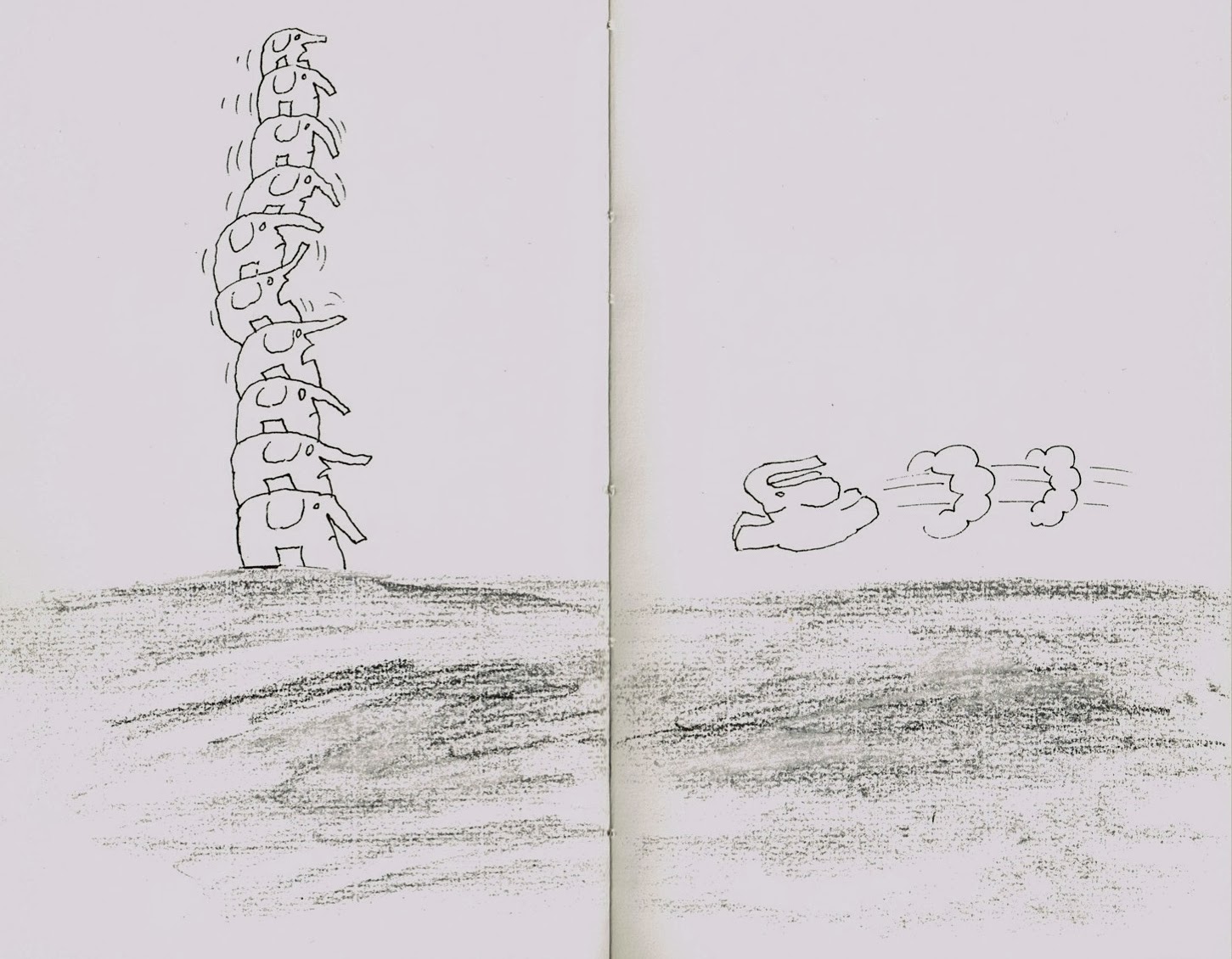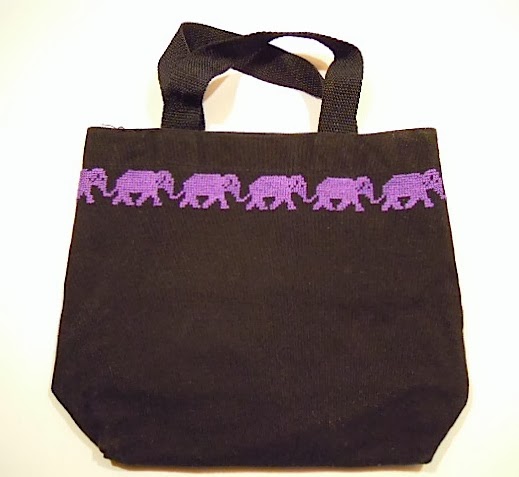 |
| White Elephant by Sipho Mabona. Schlossmuseum, Beromünster, Switzerland, 2014 Photo: http://www.mabonaorigami.com/en/galleries/latest-work.html |
As anyone who regularly reads this blog knows, I am the worst origami artist ever. So I was beyond impressed by this astonishing life-sized origami elephant, pointed out to me by a couple of friends. As I said to one of them, if I were to attempt an origami elephant like this, I'd probably end up folding myself up inside it somehow.
Swiss artist Sipho Mabona, who conceived the elephant, actually started his paper-folding career at the tender age of five, with paper airplanes. Soon exhausting the range of available designs, he turned his attention to origami.
 |
| Arm by Sipho Mabona, 2006. Source: http://www.mabonaorigami.com/en/galleries/miscellaneous.html |
 |
| Praying Mantis by Sipho Mabona, June 2008 Source: http://www.mabonaorigami.com/en/galleries/animals.html |
In 2008, Mabona became the first non-Japanese to have his work on the cover of the official journal of the Japan Origami Academic Society. That same year, he was commissioned by the German advertising agency Nordpol to create a stop-motion origami-themed video for the ASICS sports company. Origami in the Pursuit of Perfection, which you can see below, went on to win a number of major advertising awards.
For the past several years, Mabono's work has covered a wide range of styles, from detailed representational creations to abstracts, and ranges in size from small animals and insects to room-sized installations. For more on his work, visit his website at www.mabonaorigami.com.
 |
| Both images: Plague by Sipho Mabona, March 2012 Source: http://www.mabonaorigami.com/en/galleries/installations.html |
As for the life-sized White Elephant, it actually began as a way of proving that there are no limits to what can be made from a single square of paper. Beginning with a sheet measuring 15 x 15 metres (50 x 50 feet), he and three assistants folded the elephant at the Schlossmuseum in Beromünster, Switzerland over the course of several weeks. The project also included a live video stream, allowing people to watch as the elephant was folded.
By the time he and his team were done, they had an elephant measuring more than 3 metres (10 feet) tall. For more on the artist, the project, and the indiegogo campaign that kicked things off, click here.
 |
| Sipho Mabona with White Elephant, 2014. Photo: Philip Scmidli Source: http://www.mabonaorigami.com/en/artist/artist.html |
Elephant Lore of the Day
Encounters between elephants and trains often turn deadly, particularly along some of the busier corridors in India. In February of this year, however, a hapless baby elephant was actually rescued by train passengers in Assam, after the rest of the elephant herd had fled.Unable to keep up with its herd, the baby slipped down a hill and fell down the side of a railway embankment. Instead of rattling on, the train stopped and dozens of passengers poured out to help the elephant out of the ditch. Sinking into the mud, the elephant began to panic, but was calmed by passengers who ensured that it was not left alone, and fed it leaves.
Eventually realizing that the elephant was not going to be able to climb out on its own, a man jumped down with a stick, holding it out to the elephant. The little calf held on with its trunk and was coaxed to safety.
To Support Elephant Welfare


















































